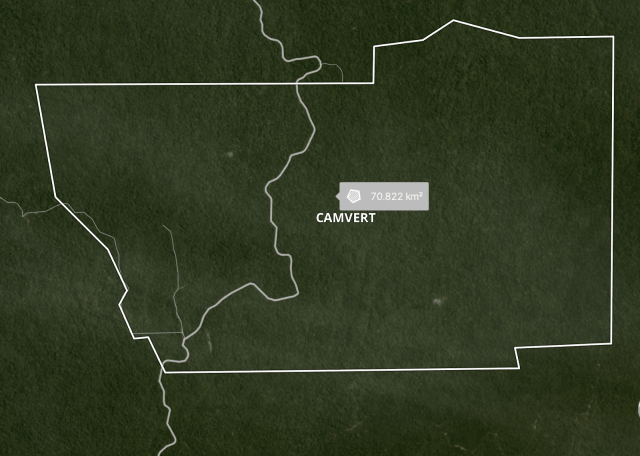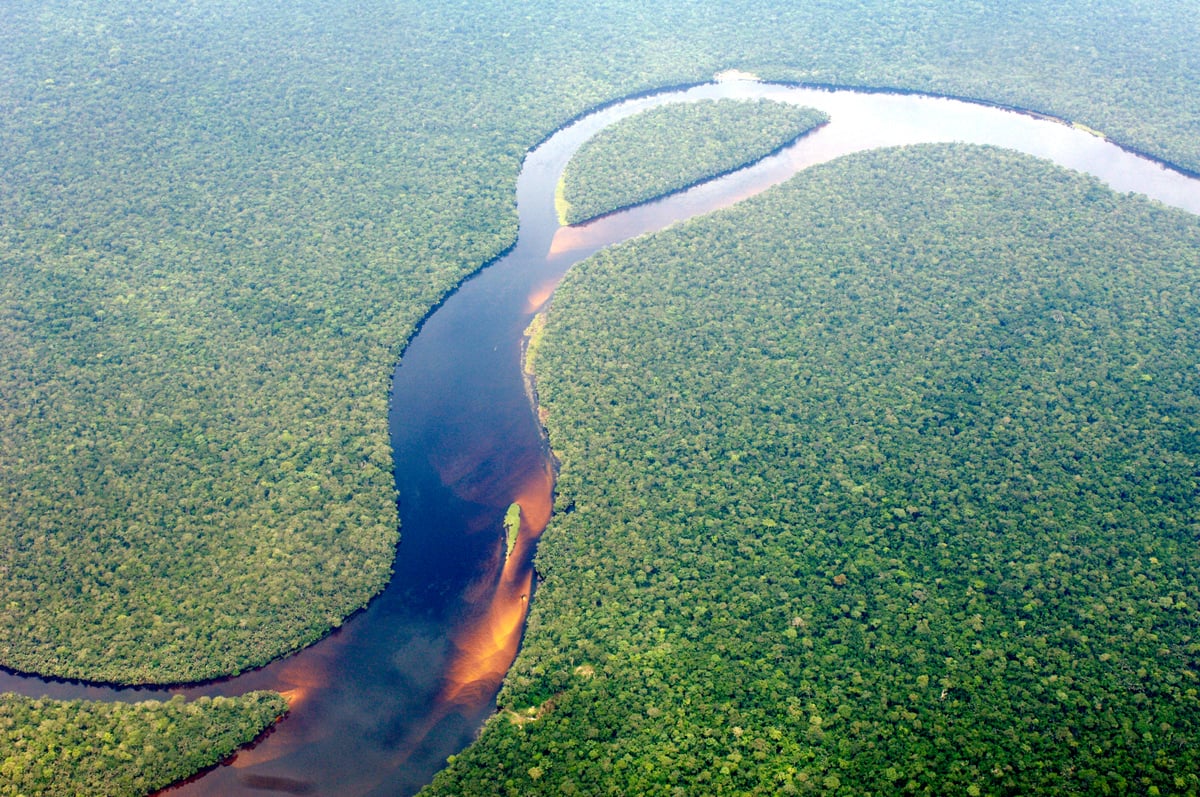As a campaigner on the frontline of the battle to protect Kenyan forests, my heart aches every day as I witness the devastating destruction unfolding around me. Not just in Kenya but across the African continent forests are being threatened by government and private interests.
The situation in the Congo Basin, the world’s second largest tropical rainforest is dire. As we mark World Forest Day this year under the theme “Forest and Food”, we must take a moment to reflect on the future of these critical ecosystems and the role they play in our survival not just locally but globally.
The shocking state of Kenya’s forests
Kenya’s overall forest cover has been shrinking at an alarming rate with over 12,000 hectares of forest lost every year. With forests disappearing, Kenya has seen the deterioration of its natural water systems including rivers, streams and underground reserves. As a result, Kenya is facing a significant water crisis.
In Nairobi, water shortages are becoming a frequent challenge due to the declining capacity of water catchment areas to replenish essential reserves. The destruction of forests like Karura, Aberdare and Mau contributes significantly to water scarcity and exacerbates drought conditions.
Forests act as sponges that capture rainfall and release it slowly into rivers and underground reserves. Without sufficient forest cover, rainfall is not retained in the ecosystem leading to increased surface runoff, erosion and reduced groundwater recharge.
The Aberdare Range is a crucial water catchment area providing important water sources for Nairobi and surrounding areas. However, the forest, which is part of the Aberdare National Park, is being encroached upon by road construction, agricultural land expansion and illegal logging activities. This has led to a marked reduction in its size which compromises its ability to regulate water flow and impacts the broader ecosystems in the region.
With Nairobi depending heavily on the Aberdare Range for water the destruction of this critical water tower threatens the future of the city’s water supply.
One of the most controversial developments in this context is the hiving off of the Ngong Forest to make way for a railway line.
Then we have Karura Forest – a lush, green haven in Nairobi, has faced its fair share of encroachment. A significant number of buildings including residential and commercial properties have been constructed within the forest or along its boundaries especially in areas where land was previously considered public or protected. Roads have been constructed through parts of Karura Forest leading to the fragmentation of the forest.
The battle for Africa’s largest rainforest: the Congo Basin
Kenya is not alone in its fight to protect forests. The Congo Basin, the world’s largest carbon sink, spanning several countries including Cameroon and the Democratic Republic of Congo (DRC), is under increasing pressure.
In Cameroon, illegal logging is rampant with vast areas of the rainforest, with an area larger than Paris being cleared for rubber and palm oil plantations. In recent months there have been reports of increased deforestation in Cameroon’s tropical forests especially in the east and south where indigenous communities are losing their livelihoods because of illegal logging and mining.

Source: @planet
Similarly, in the DRC, both Illegal and industrial logging are major drivers of deforestation. In 2023 alone, the country lost 1.18 Mha of pristine natural forest, equivalent to 900 Metric tons of CO2 emission, largely due to extractive industries.
These forests, which are critical carbon sinks and biodiversity hotspots, are under siege by international corporations seeking to exploit land for commercial gain. Indigenous Peoples who have lived in harmony with these forests for centuries are seeing their land rights ignored as foreign interests push further into the Congo Basin. Despite the efforts of Indigenous People and local communities, the lack of strong enforcement and political will means that these forests continue to be destroyed contributing not only to environmental destruction but to rising global temperatures as carbon sinks are destroyed.
How climate negotiations failed us: forest protection left behind
The urgency of protecting these ecosystems cannot be overstated. Yet, despite numerous international climate negotiations, forests have often been treated as secondary to other concerns. Previous climate agreements such as the Paris Agreement have included provisions for forest protection but they have often been underfunded and poorly implemented. The promise of “financial mechanisms” to support forest protection has yet to deliver tangible results for communities on the ground.
At COP 26 in Glasgow, promises were made to accelerate forest protection including the landmark pledge to halt deforestation by 2030. But the implementation of these promises has been sluggish. Too often, the political and economic interests of governments and private corporations have clashed with the need for real on-the-ground action.
Communities, particularly those living in forested areas in Africa, have been left on the sidelines as international financing continues to fall short of expectations. This year as we approach COP 30 in Belem, Brazil, the conversation must shift. Forest protection cannot continue to be an afterthought in climate negotiations. The issues faced by communities on the frontline, particularly those in Africa must be at the heart of these global talks.
Adaptation funding must include specific provisions for forest protection, ensuring that those who are most vulnerable are equipped to protect their forests and their futures.
The path forward: putting forests first at COP 30
Kenya’s forests along with those in the Congo Basin are at the heart of the fight for climate security. These forests act as carbon sinks absorbing carbon dioxide and mitigating the effects of global warming. Protecting them is not just about maintaining biodiversity, it is about safeguarding our future. This year as we gather in Belem we must ensure that the issues facing vulnerable and marginalised communities, particularly those on the frontline of the climate crisis are prioritised. It is imperative that adaptation funding explicitly includes forest protection. These communities, often on the frontlines of environmental destruction, are the first to bear the brunt of climate impacts yet they are the least responsible.
The global geopolitical agenda must shift toward protecting forests, not as isolated environmental projects, but as foundational to a broader strategy for climate adaptation. Forest protection cannot be treated as a secondary concern, it must be at the forefront of climate action. Without the protection of Africa’s forests we will never achieve the climate goals needed to safeguard our future.
In Kenya and the Congo Basin, we are calling on the government to take stronger action to halt deforestation and to fully commit to protecting existing forests.
This World Forest Day as we reflect on the importance of forests, let’s also recognize that the fight to protect them is not just an environmental issue but it is a human issue. The health of our forests directly correlates with the health of our communities, our climate and our future.
Amos Wemanya is Greenpeace Africa Responsive Campaigns Lead & Dr. Lamfu Fabrice is Greenpeace Africa Forest Campaigns Lead



